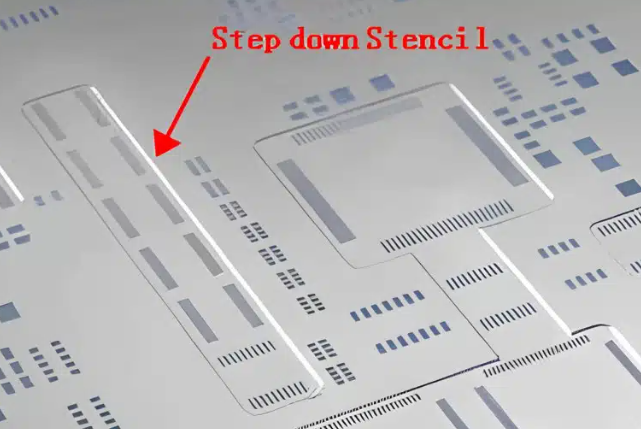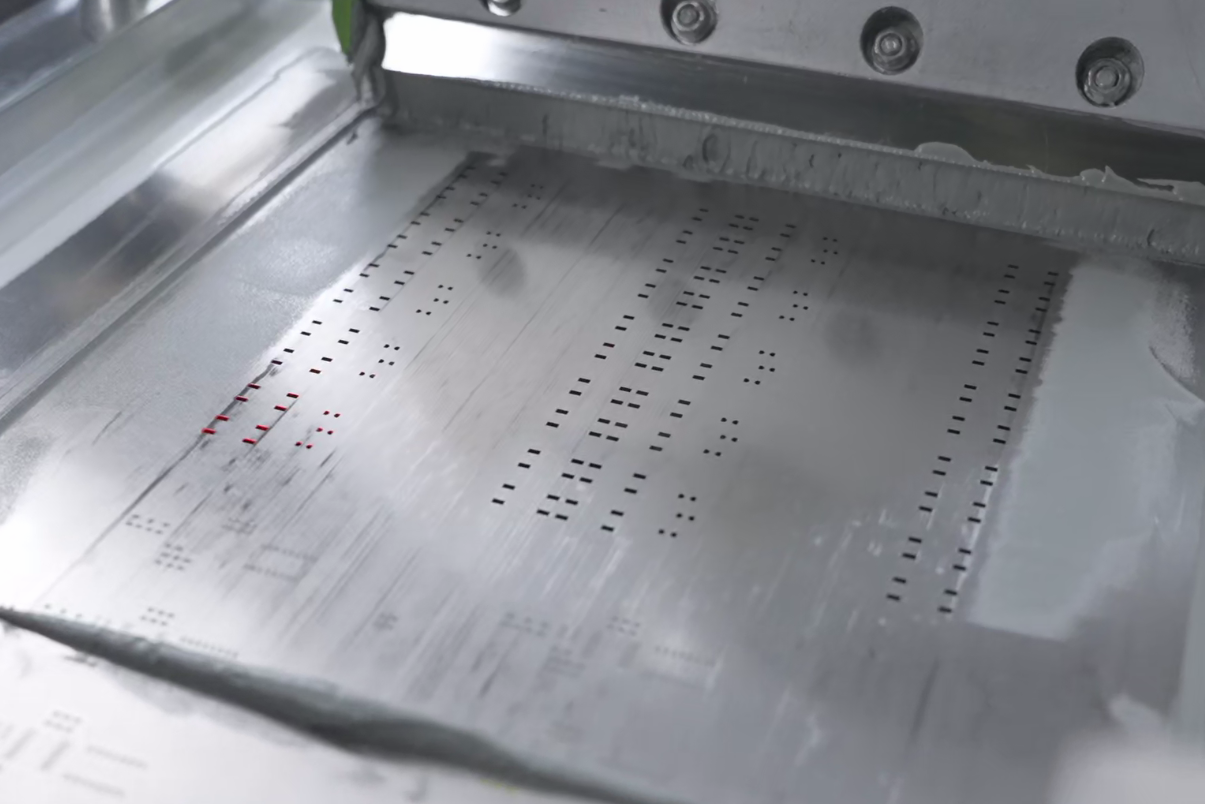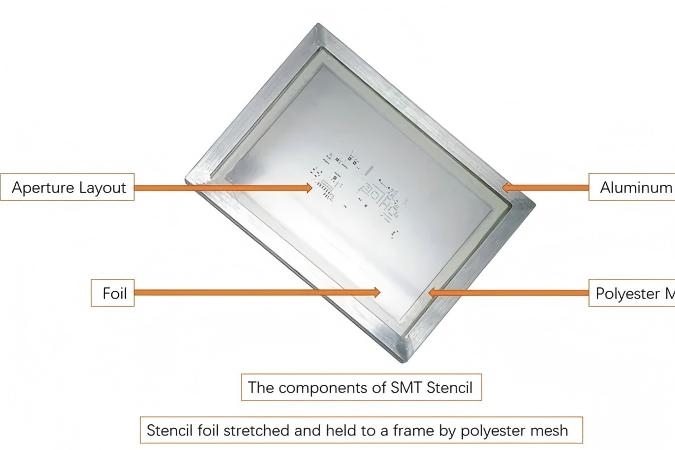Are you looking to understand lead-free assembly certification and how it impacts your PCB manufacturing process? Whether you're concerned about compliance, costs, or the benefits of adopting lead-free practices, this guide has you covered. We'll dive deep into the essentials of lead-free assembly certification, including standards, compliance steps, costs, online resources, materials, rework challenges, and the benefits of making the switch. Let’s explore everything you need to know to ensure your projects meet global environmental and safety standards.
What Is Lead-Free Assembly Certification?
Lead-free assembly certification ensures that printed circuit board (PCB) assembly processes and products comply with regulations restricting the use of hazardous substances, particularly lead. This certification is often tied to global directives like RoHS (Restriction of Hazardous Substances), which limits the use of specific harmful materials in electronics. By achieving certification, manufacturers demonstrate their commitment to environmental safety and consumer health while meeting legal requirements for selling products in various markets.
In this comprehensive guide, we'll break down the key aspects of lead-free assembly certification, focusing on practical steps and best practices for compliance. From understanding the costs to exploring online certification options, we aim to provide actionable insights for engineers and businesses in the electronics industry.
Why Lead-Free Assembly Matters in Today’s Electronics Industry
The push for lead-free assembly stems from growing environmental and health concerns. Lead, a toxic metal, poses significant risks if improperly disposed of, as it can contaminate soil and water. Regulations like RoHS, first introduced in the European Union in 2006, aim to reduce these risks by limiting lead content in electronics to below 0.1% by weight in homogeneous materials. Other regions, including China and California, have adopted similar rules, making lead-free compliance a global necessity.
Beyond regulatory requirements, adopting lead-free practices enhances a company’s reputation as an environmentally responsible entity. It also opens doors to international markets where strict standards are enforced. For engineers and manufacturers, understanding the certification process is critical to staying competitive and avoiding costly penalties.
Key Standards for Lead-Free Assembly Certification
To achieve lead-free assembly certification, manufacturers must adhere to specific standards and guidelines. Below are the most critical frameworks that govern lead-free practices in the electronics industry.
1. RoHS Directive
The RoHS Directive is the cornerstone of lead-free assembly. It restricts the use of ten hazardous substances, including lead, mercury, and cadmium, in electrical and electronic equipment. Compliance with RoHS is mandatory for products sold in the EU, and many other countries have adopted similar regulations. For PCB assembly, this means using lead-free solder and components that meet the specified limits.
2. IPC Standards
The IPC (Institute of Printed Circuits) provides detailed guidelines for PCB design, manufacturing, and assembly. Key standards like IPC-A-610 (Acceptability of Electronic Assemblies) and IPC-J-STD-001 (Requirements for Soldered Electrical and Electronic Assemblies) outline criteria for lead-free soldering and assembly processes. These standards ensure quality and reliability in lead-free products, helping manufacturers meet certification requirements.
3. ISO 14001 Environmental Management
While not specific to lead-free assembly, ISO 14001 certification focuses on environmental management systems. It encourages companies to minimize their environmental impact, which includes adopting lead-free practices. Integrating ISO 14001 with lead-free assembly processes can streamline compliance efforts.
Understanding and implementing these standards is the first step toward certification. They provide a roadmap for ensuring that every stage of the assembly process aligns with global expectations.
Steps to Achieve Lead-Free Assembly Certification
Navigating the certification process can seem daunting, but breaking it down into clear steps makes it manageable. Here’s how to get started.
Step 1: Assess Current Processes
Begin by evaluating your current assembly practices. Identify areas where lead is used, such as in solder or components, and document the materials and processes involved. This assessment helps pinpoint gaps in compliance.
Step 2: Source Lead-Free Materials
Switching to lead-free assembly materials is essential. This includes using lead-free solder alloys like SAC305 (tin-silver-copper) and ensuring that all components meet RoHS requirements. Partner with trusted suppliers who provide documentation of compliance for their materials.
Step 3: Train Staff on Lead-Free Techniques
Lead-free soldering requires different techniques due to higher melting points (typically 217-220°C for SAC305 compared to 183°C for traditional lead-tin solder). Invest in training for your team to handle these materials effectively and avoid issues like poor joint reliability.
Step 4: Update Equipment and Processes
Lead-free assembly often demands equipment upgrades, such as reflow ovens capable of reaching higher temperatures. Adjust process parameters like thermal profiles to accommodate lead-free materials without damaging components.
Step 5: Test and Validate
Conduct thorough testing to ensure that lead-free assemblies meet performance and reliability standards. Use tools like X-ray inspection to check for soldering defects and verify compliance with IPC criteria.
Step 6: Apply for Certification
Work with a recognized certification body to validate your processes. They will audit your operations, review documentation, and issue certification upon successful compliance. Maintain detailed records to simplify this process.
Lead-Free Assembly Certification Cost: What to Expect
One of the most common concerns for businesses is the lead-free assembly certification cost. While costs vary depending on the scope of your operations, here are the main factors to consider.
- Material Costs: Lead-free solder and components can be 10-30% more expensive than traditional materials. For example, SAC305 solder costs approximately $20-30 per kilogram compared to $15-20 for lead-tin solder, depending on market prices.
- Equipment Upgrades: Upgrading to reflow ovens or soldering stations for higher temperatures may cost between $5,000 and $50,000, depending on the scale of production.
- Training: Training programs for staff can range from $500 to $2,000 per employee, depending on the depth of the course and whether it’s conducted in-house or externally.
- Certification Fees: Fees for third-party audits and certification typically range from $2,000 to $10,000, based on the size of your operation and the certifying body.
- Testing and Validation: Budget for testing costs, which can range from $1,000 to $5,000 for equipment and lab services to ensure compliance.
While these costs may seem high, the long-term savings from avoiding fines, accessing new markets, and reducing waste often outweigh the initial investment. Planning and budgeting for these expenses upfront can ease the transition.
Lead-Free Assembly Certification Online: Simplifying the Process
For many businesses, pursuing lead-free assembly certification online offers a convenient and cost-effective solution. Online platforms provide access to training, resources, and even certification programs without the need for in-person audits in some cases. Here’s how to leverage online options.
- Online Training Courses: Many organizations offer webinars and courses on lead-free soldering techniques and RoHS compliance. These programs often cost less than in-person training, with fees ranging from $100 to $500 per participant.
- Digital Documentation: Use online tools to manage compliance documentation, making it easier to submit records to certification bodies remotely.
- Virtual Audits: Some certifying bodies now offer virtual audits, reducing travel costs and downtime. Check with your chosen organization for availability.
Online resources also allow you to stay updated on evolving standards and connect with industry experts through forums and webinars. This accessibility makes compliance more achievable for small and medium-sized enterprises.
Benefits of Lead-Free Assembly: Why Make the Switch?
The benefits of lead-free assembly extend beyond compliance. Here are some compelling reasons to adopt lead-free practices.
- Environmental Impact: Reducing lead usage minimizes pollution and protects ecosystems from hazardous waste. This aligns with global sustainability goals.
- Market Access: Lead-free certification allows you to sell products in regions with strict regulations, such as the EU, expanding your customer base.
- Customer Trust: Demonstrating a commitment to safety and sustainability builds trust with clients and enhances your brand reputation.
- Future-Proofing: As regulations tighten worldwide, adopting lead-free practices now prepares your business for future compliance requirements.
- Health and Safety: Eliminating lead reduces health risks for workers and end-users, creating a safer working environment.
These advantages make lead-free assembly not just a regulatory necessity but also a strategic business decision.
Lead-Free Assembly Materials: Choosing the Right Options
Selecting the right lead-free assembly materials is crucial for successful certification and reliable performance. Here’s a look at the most common materials used.
- Lead-Free Solder: SAC305, composed of 96.5% tin, 3% silver, and 0.5% copper, is the industry standard for lead-free soldering. It offers good mechanical strength but requires higher reflow temperatures (around 240-260°C).
- Components: Ensure all components, such as resistors and capacitors, are RoHS-compliant. Request compliance certificates from suppliers to verify this.
- Surface Finishes: Opt for lead-free surface finishes like ENIG (Electroless Nickel Immersion Gold) or HASL-LF (Hot Air Solder Leveling - Lead-Free) to maintain compatibility with lead-free soldering processes.
Using high-quality materials reduces the risk of defects like tin whiskers (microscopic metal growths that can cause shorts) and ensures long-term reliability. Always test new materials in small batches before full-scale production.
Lead-Free Assembly Rework: Challenges and Solutions
Reworking lead-free assemblies presents unique challenges due to the properties of lead-free solder. Here’s how to address them effectively.
- Higher Temperatures: Lead-free solder’s higher melting point can stress components during rework. Use precise temperature control tools to avoid overheating, targeting a range of 240-260°C for most SAC alloys.
- Brittle Joints: Lead-free solder joints are often more brittle, increasing the risk of cracking during rework. Apply minimal mechanical stress and use proper desoldering techniques.
- Specialized Tools: Invest in rework stations designed for lead-free solder, costing between $500 and $5,000 depending on features. These tools provide better control and reduce damage.
- Training: Ensure technicians are trained in lead-free rework methods to prevent costly mistakes like lifted pads or damaged boards.
By anticipating these challenges and preparing with the right tools and skills, you can minimize downtime and maintain product quality during rework.
Best Practices for Lead-Free Assembly Compliance
To ensure long-term success with lead-free assembly certification, follow these best practices.
- Maintain Detailed Records: Document every step of your process, from material sourcing to final testing, to simplify audits and prove compliance.
- Regularly Update Processes: Stay informed about changes in regulations and standards, and adjust your practices accordingly.
- Partner with Experts: Collaborate with experienced suppliers and certification bodies to navigate complex requirements.
- Conduct Internal Audits: Perform regular internal reviews to catch non-compliance issues before they become costly problems.
- Invest in Quality Control: Use automated inspection systems to detect soldering defects early, ensuring consistent quality in lead-free assemblies.
These practices create a robust framework for maintaining certification and delivering high-quality, compliant products.
Conclusion: Embracing Lead-Free Assembly for a Sustainable Future
Lead-free assembly certification is more than a regulatory requirement—it’s a commitment to environmental responsibility, customer safety, and business growth. By understanding the standards, managing costs, leveraging online resources, choosing the right materials, and mastering rework techniques, you can achieve compliance with confidence. The benefits of lead-free assembly, from market access to enhanced reputation, make it a worthwhile investment for any electronics manufacturer.
At ALLPCB, we’re dedicated to supporting your journey toward lead-free compliance with innovative solutions and expert guidance. Whether you’re just starting or refining your processes, this guide provides the foundation you need to succeed in a lead-free world.
 ALLPCB
ALLPCB







